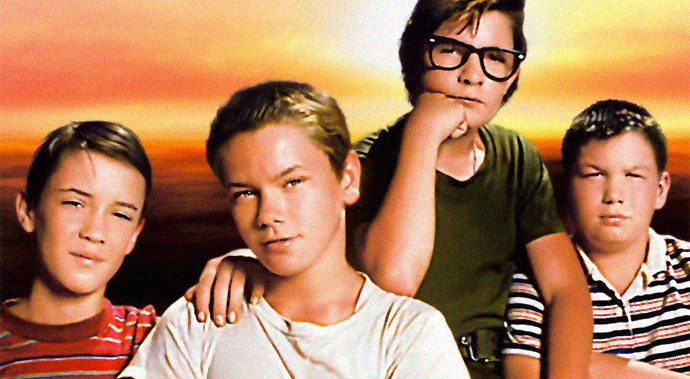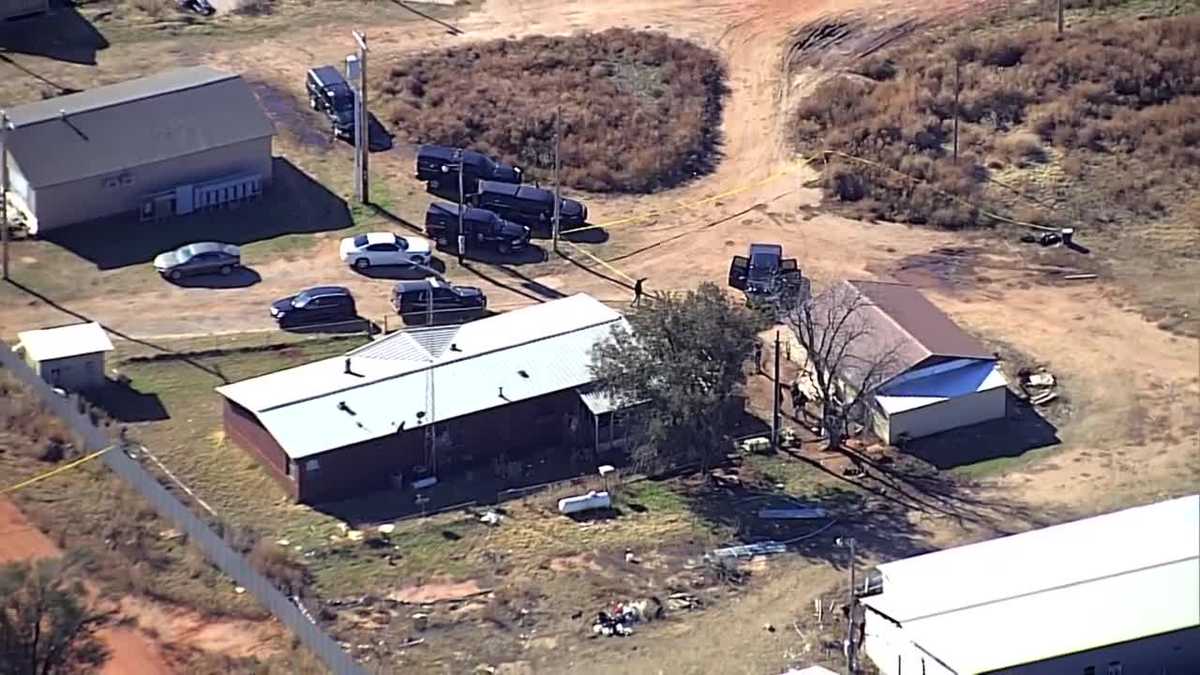Make America Great Again. Whenever Trump's all-too-familiar phrase is uttered these days it’s not hard to see people imagining the seemingly idyllic, rural small-town setting of Stand By Me, Rob Reiner's 1986 adaptation of Stephen King's 1982 novella The Body. There’s a longing to return to a more “innocent” time, like 1959, where the worst crime in the neighborhood is restless teenagers smashing your mailbox with a baseball bat and $2.50 could feed four kids on a summertime mission to see a cadaver in the middle of the woods.
But as Reiner’s finely-tuned, well-preserved adaptation of King’s novella subtly points out, there was plenty wrong back then, too: friends Teddy (Corey Feldman), Chris (River Phoenix) and Gordie (Wil Wheaton) suffer parental abuse and neglect (Teddy’s violent old man came back from the war all messed up; one can guess he might have PTSD); meanwhile, Ace (Kiefer Sutherland) and his gang of hoodlums engage in grand theft auto, drinking and driving, and terrorizing any younger kids that cross their path. Also, every underage person in town seems to have easy access to cigarettes and guns. (And let’s be honest here, this was also an era when legal segregation was still in effect.) A grown-up Gordie leads us through the kids’ journey with a vivid narration, but in the reality, our own perceptions of the past are not always 100 percent accurate. Nostalgia, denial, and our own agendas make us remember things slightly different than they actually happened.
We can watch Stand By Me today and witness an expertly done recreation of life almost 60 years ago and marvel at how much has changed—but what’s more interesting is what hasn’t. Yes, it’s true, we have Twitter, cell phones, and Pokémon Go now, but we still have the capacity to be bullies, and we still have that morbid curiosity to see a dead body—only now, thanks to the Internet, we don’t even have to leave the house to do so. It’s also worth noting that the kids anticipate becoming famous for discovering the body, which is not that different from young people’s current fascination with Doing It for the Likes.
While part of Stand By Me’s lasting appeal is its convincing slice of Americana (the choice soundtrack definitely adds to the experience), it’s the focus on friendship and the allure of adventure that still hooks audiences. When Vern (Jerry O’Connell) asks, “You guys wanna go see a dead body?” he’s not just asking his buddies, he’s asking us. For the kids, it’s a chance to prove how brave and cool they are, one of the universal challenges facing modern youth. John Singleton pays homage to Stand By Me in Boyz n the Hood (1991) by using a similar line as four South Central kids are walking along train tracks. The only difference is that in Boyz n the Hood, they don’t have to travel miles to see the corpse, it’s practically in their backyard. Singleton goes even further by making Ice Cube’s Doughboy character disappear in his final scene the same way that River Phoenix’s character does at the end of Stand By Me.
What makes this ending even more poignant, of course, is that River Phoenix died of a drug overdose in 1993 at the age of only 23. Because he was a celebrity, his death was reported in a sometimes sensationalistic manner. It’s no consolation, but at least watching him in his most famous role we can forget the cheap tabloid headlines for a moment and be immersed in the performance of a talented actor gone way too soon. Maybe like the kids in this classic movie, we can realize (or be reminded) what the brutal impact of death has on not just the dead but also the living.











